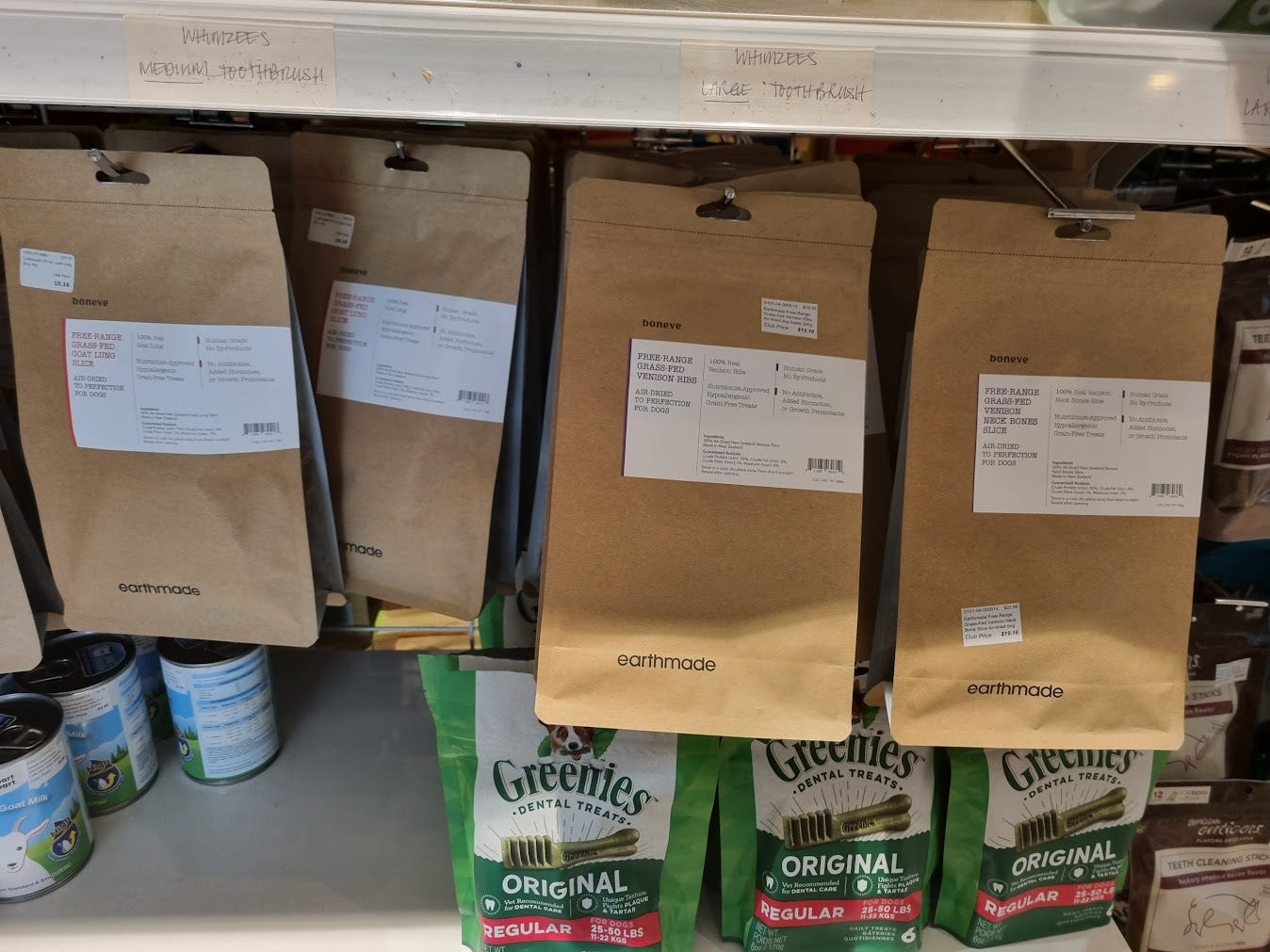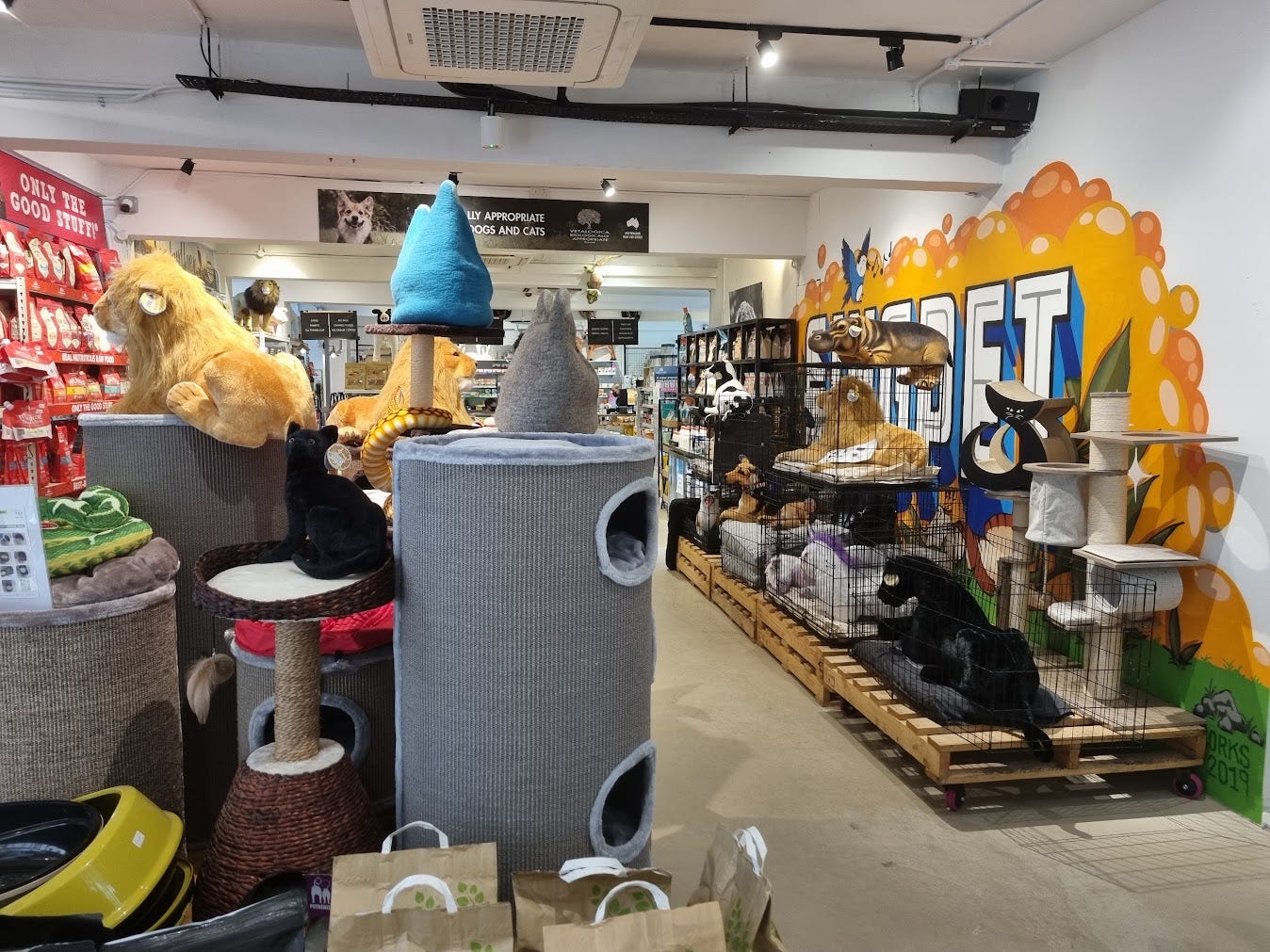Sunday Reads #164: How much would you pay for a box that beeps?
The right framing can bend reality.
Hey there!
Hope you had a great week!
Thanks for all your feedback on the last edition: Fortune favors the brave (and the restless).
Ravi Mehta said something that resonated with me after: “Luck doesn’t choose people. People choose luck”. 💯
This week, let’s talk about pricing and value. How the exact same product, in different contexts, can command vastly different prices.
[PS. Before we jump in, a quick poll. A couple of readers told me that they’d prefer to receive this email on Saturday instead of Sunday. What do you think?]
With that done, let’s get into this week’s article.
1. How much would you pay for a box that beeps?
Proof of Payment.
You all know the origin story of the success of Paytm, one of India’s leading payments providers.
When India did its demonetization back in 2016, Paytm swung. And swung big.
Front page ads in the country's premier newspapers welcoming the new digital economy. Thousands of foot soldiers recruiting retailers into the Paytm fold. The QR code at every store, stall, and hawker's cart.
Yes, the QR code.
The start-point for millions of transactions since (both on the Paytm network early on, and on India's UPI network soon after).
As millions of retailers started using QR code payments in India, they faced a tiny problem:
It was hard to know when they were getting paid!
The kirana (mom-and-pop) store owner was not mobile native. It was already hard to adjust to this new technology. And now, he suddenly had to accept 90% of his payments digitally!
How could he be sure that the customers were actually paying? With multiple customers in store and paying at the same time, how could he keep track of whose phone beeped ("Payment successful!"), and whose didn't?
And some less honest customers might just show old payment screenshots as proof of payment.
You would have guessed Paytm's solution by now: a box that beeps.
Creatively named Soundbox.
Whenever a customer makes a payment, this box makes a loud sound. You might find it annoying. But for the retailer, it's the beautiful and definitive clink of money coming in.
Three million merchants use Soundbox today.
Paytm makes an annual revenue of INR 400 cr. (USD 70M+), from this small box that makes a sound every time you receive a payment.
Price is not about cost.
One of the things I talk about a lot is: Price is not about cost. Price is about value.
How much would you pay for:
A small buzzer (the kind you use when you play Taboo): maybe INR 25 (USD 0.30). You can buy a pack of 5 at the dollar store.
A doll that plays music, for your 2 year old: INR 100 if you don't care about the brand.
A device that makes a sound each time you get paid: INR 300 setup and a monthly fee of INR 125 AND silently thanking the provider each time it beeps. Kaching!
In a way, you're paying for almost the same thing in all three cases. A speaker that takes some input and makes a single sound.
In another way though, these are entirely different products!
There are two key lessons from this story:
#1: Don't sell saddles.
Ask yourself the question: What are you selling?
Even better, ask: What are customers buying?
Customers are not buying your product's cutting-edge specifications and features. In fact, they aren't buying your product.
They are buying a solution to their problem.
As the old saying goes:
People aren't buying quarter-inch drills. They're buying quarter-inch holes.
The value is in the eye of the beholder.
You're selling a Wifi-enabled IoT product with a smart speaker, 3 day battery life, blah blah blah.
The customer is buying peace of mind.
Or, to put it another way:
It's not about what you're selling. It's never about what you're selling.
It's about what problem the buyer is solving. It's about what the buyer is "hiring" your product to do.
Focus on the "job to be done", not the product itself.
Don't promote your product. Promote the happy ending that the customer will enjoy.
As I wrote in “The Job to be Done Framework”:
Every customer “hires” your product for a “job to be done”. The customer wants a hole in the wall. So she buys a drill. And when you buy a Rolex, it’s not because you want to tell the time.
And why do you think people buy a milkshake every morning en route to work? As McDonald’s found out, it’s not for the taste. It’s to make their boring work commutes more interesting.
Stewart Butterfield (Founder, Slack) captures the essence of this in his 2013 memo to his team – “We don’t sell saddles here”. You’re not selling a feature. You’re delivering a benefit to the customer.
And quoting from Butterfield's memo itself:
We are unlikely to be able to sell “a group chat system” very well: there are just not enough people shopping for group chat system (and, as pointed out elsewhere, our current fax machine works fine)…
That’s why what we’re selling is organizational transformation. The software just happens to be the part we’re able to build & ship (and the means for us to get our cut).
We’re selling a reduction in information overload, relief from stress, and a new ability to extract the enormous value of hitherto useless corporate archives. We’re selling better organizations, better teams…
The best way to imagine the reward is thinking about who we want our customers to become:
We want them to become relaxed, productive workers who have the confidence that comes from knowing that any bit of information which might be valuable to them is only a search away.
We want them to become masters of their own information and not slaves, overwhelmed by the neverending flow.
We want them to feel less frustrated by a lack of visibility into what is going on with their team.
We want them to become people who communicate purposively, knowing that each question they ask is actually building value for the whole team.
Notice: nowhere does he mention the amazing features of Slack. They are not relevant to the consumer!
You're not selling saddles. You're selling a better way to ride.
PS. I love this story about how Intel defeated the technically superior Motorola microprocessor in the late 1970s. With exactly this insight.

#2: Frame your offer correctly, and you can bend reality.
I've written before about why every entrepreneur should raise prices, in The #1 mistake we're all making.
As I said there:
There's a saying among negotiators: If I set the terms and you set the price, I win.
If you control the terms of a debate, you're almost always also controlling the outcome of the debate.
But the power of framing is not only about negotiation tactics. With a different framing, your own expectation can change completely!
...
Simple Rule: Don't price based on features or inputs. Price based on benefits and outputs.
❌ "We charge 10K / month because that's our server cost."
✅ "We charge 100K / month, because you'll save 300K."
More in the article itself about how Segment.io (acquired by Twilio for USD 3.2Bn earlier this year) went through this exact journey. A fascinating example of how the right framing can 2000x your pricing (not a typo).
The thread below is another great story. How an agency owner went from $500 / month to $7000 / month, by just changing how he framed his offer.

What you see: A box that makes a single sound (it can't even play two different sounds!).
What the customer sees: A way to minimize fraud and grow his revenue.
And boy, would he pay a lot for that!
Before we continue, a quick note:
Did a friend forward you this email?
Hi, I’m Jitha. Every Sunday I share ONE key learning from my work in business development and with startups; and ONE (or more) golden nuggets. Subscribe (if you haven’t) and join nearly 1,400 others who read my newsletter every week (its free!) 👇
2. Golden Nugget of the week.
I was browsing through a pet store last weekend, and I found the most stupefying products on display.
Anti-wrinkle balms and "snout soothers" for dogs.
Slices of goat lung, "air-dried to perfection for dogs".

Stuffed lions, hippos, and panthers (!).
It struck me then: they're not selling to pets!
They're selling to pet owners. Who cares whether these are useful to pets!
Reminded me of this (likely made-up) anecdote from Charlie Munger:
[One day at the beach] I saw the guy who sold fishing tackle. I asked him, "My God, they're purple and green. Do fish really take these lures?" And he said, "Mister, I don't sell to fish."
It's like how parents buy fancy toys for their kids on Amazon. And unpack them as soon as they arrive, excited to bring this shiny new toy to their kids.
The kids though...
3. Today I learned!
What's the active ingredient of cough syrup?
Turns out it's just sugar.
But no one would buy cough syrup that just says "sugar" in the ingredients. So pharma cos add glycerol, DXM, etc. Which don't do a damn thing.
Some more examples in this thread 👇, of scientific "facts" that are actually artefacts of marketing. (I laughed out loud at the "10,000 steps" one).

That’s it for this week. Hope you enjoyed it.
I might not be able to write in over the next two weeks, as I’ll be traveling for work. But I’ll be back in your inbox soon after!
In the meantime, as always: stay safe, healthy and sane, wherever you are.
Jitha
PS. In case you’re interested in tennis, isn’t this the most beautiful rivalry ever? 😭








